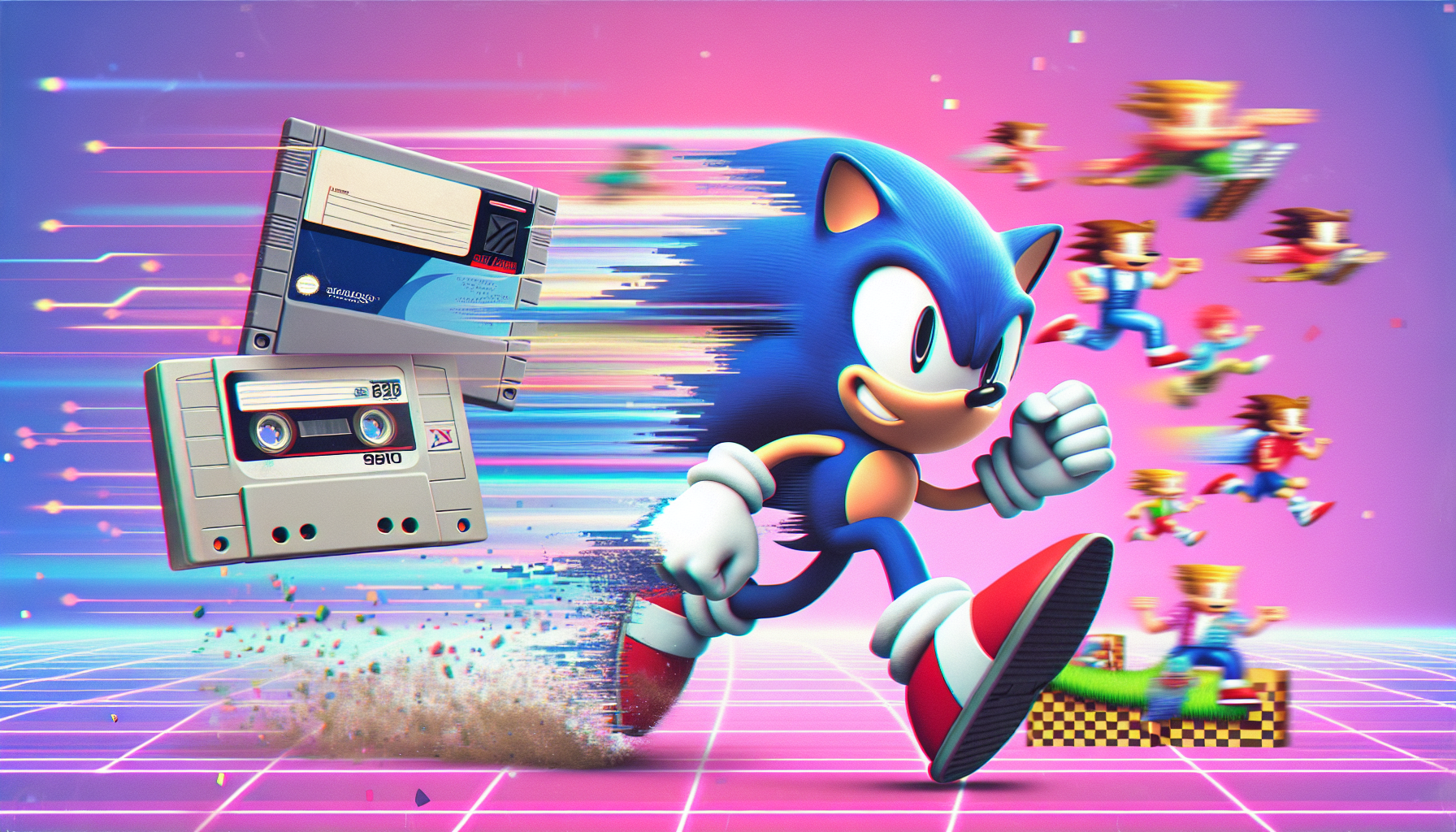
Gotta Go Fast: What Sonic the Hedgehog Teaches Tech Startups About Longevity
Remember the 90s? The screech of a dial-up modem, the satisfying click of a new video game cartridge sliding into a console, and the fierce playground debates that defined a generation. At the heart of it all was a rivalry for the ages: a cheerful Italian plumber versus a lightning-fast, blue hedgehog with an attitude problem. For years, Mario vs. Sonic was the tech world’s equivalent of Coke vs. Pepsi.
Fast forward three decades. While the rivalry still simmers, something remarkable has happened. Sonic the Hedgehog, an icon born from a need for speed and a 16-bit blast processor, is more relevant than ever. With blockbuster movies, new hit games, and a brand that transcends generations, Sonic hasn’t just survived; he’s thrived. But how?
In a world where startups burn out and established software becomes legacy code overnight, Sonic’s journey is more than just a nostalgic trip. It’s a masterclass in brand survival, strategic pivots, and relentless innovation. For developers, entrepreneurs, and tech leaders, the lessons hidden in those gold rings are pure business gold. Let’s break down the hedgehog’s blueprint for staying ahead of the curve.
1. Nail Your Core Loop: The “Minimum Viable Product” That Lasts
Before any complex lore, spin-off characters, or 3D worlds, Sonic had one job: go fast. The core gameplay loop was intoxicatingly simple. Run, jump, collect rings, and feel an incredible sense of momentum. This was Sonic’s Minimum Viable Product (MVP), and it was brilliant. It was easy to understand, technically impressive for its time, and, most importantly, fun.
Many startups and software companies lose their way by overcomplicating their initial offering. They pile on features, trying to be everything to everyone, and dilute their core value proposition. Sonic Team, in its early days, understood the power of focus. The core programming was built around one feeling: speed. Everything else—the level design, the enemies, the sound effects—served that primary function.
The Takeaway for Tech: What is your “go fast”? Identify the single most compelling, valuable, and unique function of your product or service. Build your entire user experience around making that core function as seamless and satisfying as possible. That’s your foundation. Everything else is just a power-up.
2. The Great Platform Pivot: Embracing the Cloud and Becoming “Sonic as a Service”
For years, Sonic was Sega’s exclusive champion. He lived and died by the success of the Genesis, the Saturn, and the Dreamcast. When Sega exited the console hardware business in 2001, it could have been game over. Instead, it was Sonic’s most important strategic pivot.
Sonic appeared on a Nintendo console. Then on Xbox. Then PC. Now, he’s on your phone. He’s everywhere. This wasn’t just a hardware change; it was a philosophical shift. Sonic transcended his original platform to become a ubiquitous entertainment brand. He effectively moved to the cloud.
This journey mirrors the tech industry’s massive migration from on-premise, siloed software to platform-agnostic, SaaS (Software as a Service) models. Companies that insisted customers stay within their hardware ecosystem (think BlackBerry) were left behind. The winners were those who, like Sonic, met their customers wherever they were. Sonic became, in essence, “Sonic as a Service”—an experience accessible on any device, anytime.
The Takeaway for Tech: Don’t chain your product to a single platform or ecosystem if you don’t have to. The future is interoperable and cloud-based. The more accessible and platform-agnostic your solution is, the wider your reach and the more resilient your business will be to market shifts.


